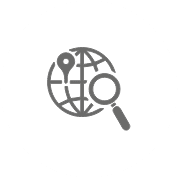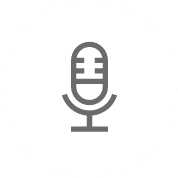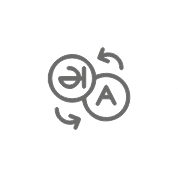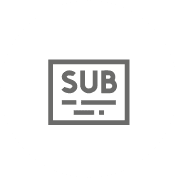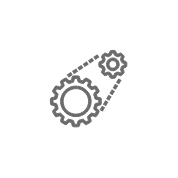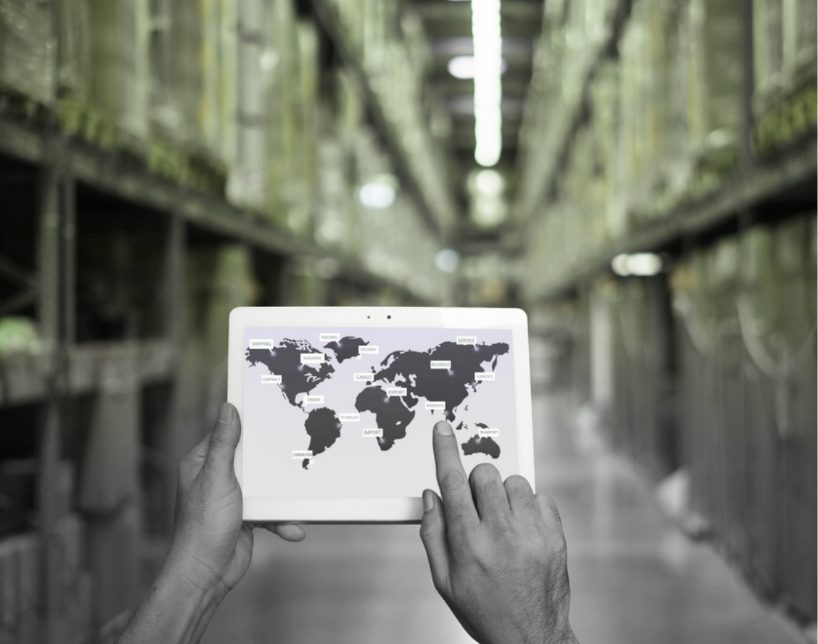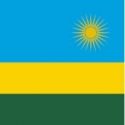Fast and High-Quality Engineering Translation Services For the Engineering Industry
Engineering is a competitive industry niche with no room for errors. And a key to succeeding on a global scale is translating all your business communications and documentation in multiple languages, which can be a daunting task. Mistakes in your highly technical documentation, for instance, can lead your company to incur extra expenses, create unsafe working conditions, cancel ongoing projects, or even bring legal liability. Not to mention, miscommunication and misunderstanding could also undermine your corporate. Here, clear and precise multilingual communications are non-negotiable.
That’s why you should rely on bayantech. We are an experienced translation company offering ISO-certified technical translation services, where your engineering documents will be handled with a keen eye and the ultimate translation technology, delivering translations of the highest quality, ready-to-use in fast turnaround times.



















